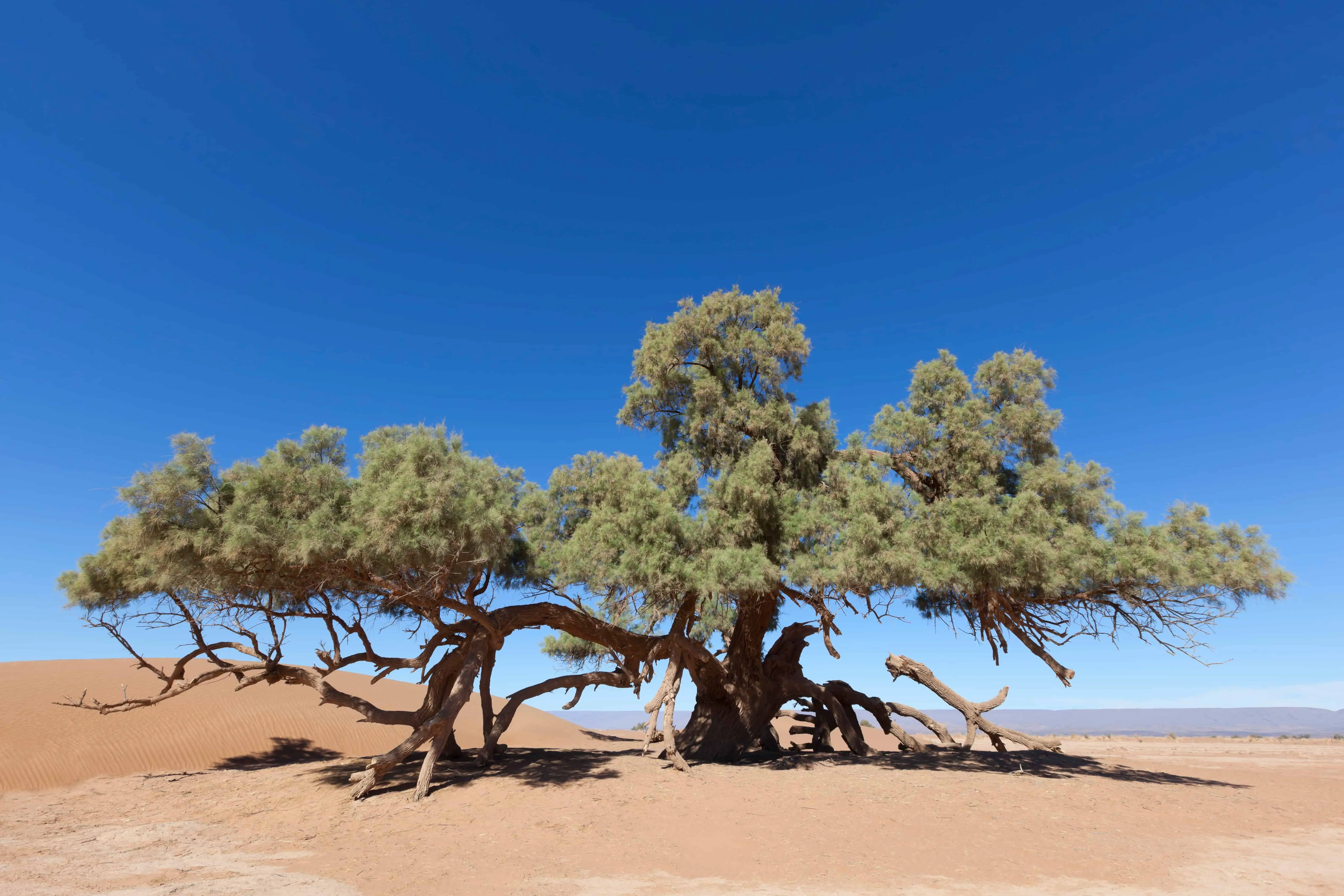Salt cedar, also known as tamarisk, is a tree that is not typically harvested for its wood. Instead, it is considered an invasive species in many regions, including the United States, where it has displaced native vegetation. Efforts are often made to control and eradicate salt cedar rather than to use it for specific purposes.
While the wood can be used in some woodworking applications, it is not a commonly sought-after timber due to its relatively low quality and the ecological problems associated with the plant’s invasive nature.
Why Salt Cedar Isn’t Ideal For Smoking Foods
Tamarisk, also known as salt cedar, is generally not recommended for smoking foods. Here’s why:
- Flavor: Tamarisk wood can impart a bitter or unpleasant taste to the food being smoked. This is because it contains a high level of salt, which can result in an undesirable flavor.
- Toxicity: Some varieties of tamarisk may contain compounds that can be harmful when burned. Inhaling the smoke from certain types of wood, including tamarisk, can potentially lead to health issues.
- Availability: Tamarisk is considered an invasive species in some regions, and its use may be discouraged or regulated to prevent its spread.
For smoking food, it’s generally best to stick with woods that are known for their pleasant and complementary flavors, such as fruitwoods (apple, cherry, peach), hardwoods (oak, hickory, maple), and nut woods (pecan, almond). These woods are popular choices for smoking because they can enhance the flavor of the food without introducing unwanted bitterness or toxins.
Always ensure that the wood you use for smoking is properly seasoned and free from contaminants.
Salt Cedar Wood Facts
Here are some key things to know about salt cedar wood:
- Source: Salt cedars are invasive tree species that are native to Eurasia but have spread widely in North America along waterways. The wood is readily available in areas where these trees grow prolifically.
- Suitability: Salt cedar wood burns relatively cool and clean. It can work well for long, low-temperature smokes.
- Uses: Salt cedar wood has been used as a fuel for outdoor ovens. Some also burn it directly as a firewood source where the trees are problematic invasive species.
- Availability: Salt cedar is considered a trash wood by many since the trees spread so rapidly. It can often be gathered or purchased very inexpensively from areas trying to control the species.
Salt Cedar Characteristics And Facts
Here are some additional details about salt cedar wood:
- Appearance: The wood is a light brown to pinkish color. It’s fairly soft compared to hardwoods like oak.
- Moisture content: Salt cedar burns efficiently despite having slightly higher moisture content than other common smoking woods. This helps regulate temps.
- Regional usage: Salt cedar wood seems to be most popular for smoking in parts of the Southwestern US like Texas, New Mexico, and Arizona – areas with significant native stands of these trees. Less commonly used in other BBQ/smoking regions.
- Sustainability: Burning salt cedar wood helps manage the invasive species in a way that doesn’t require chemical or mechanical removal. So it has some environmental benefits compared to harvesting wood from valued native species.
Salt Cedar Wood Could Be Used For Burning
Here are some additional details about using salt cedar wood:
- Chipping/splitting – Salt cedar is commonly sold or used in chip/chunk form rather than as large logs. It’s soft enough that hand tools can easily break it down into uniform pieces for cooking applications.
- Fire starters – The wood’s low density makes it good kindling material to help build a steady fire. Small chips/twigs light easily without needing an accelerant.
- Controlling smoke – With its consistent burn, salt cedar makes it easier to regulate smoke levels versus harder woods that can flare up temperature or smoke output.
- Environmental benefits – Burning salt cedar as fuel disposes of an invasive species and doesn’t require the same level of harvesting pressure as native woods.


